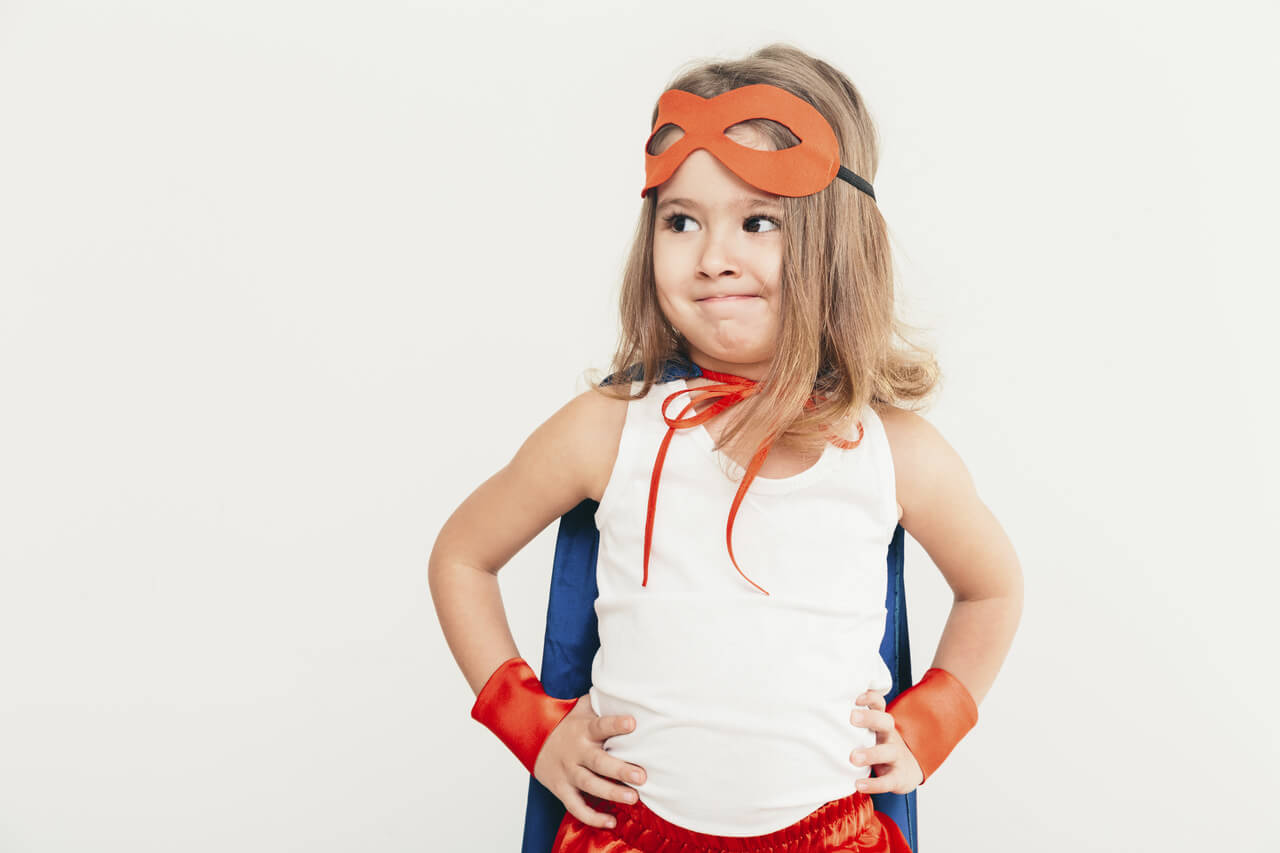Every parent wants their child to play with toys made of high-quality materials that will be, above all, safe and adapted to the child’s age. However, it is worth paying attention to the educational dimension of toys, which not only allow you to have a good time, but also teach children to perform certain activities, mean words or understand certain contexts. We check which educational toys will be appropriate for a given age group.
Toys for babies up to 2 years old
 Babies play mainly with rattles and other sensory toys. They allow them to recognize sounds or distinguish colors, so it is good if they are also made of various structures. By touch, the child will be able to get to know a variety of fabrics – from smooth to rough. Some toys dedicated to babies have an educational dimension, although in practice they are interactive toys. For example, a teddy bear utters sentences in a foreign language or teaches basic words. Will such toys be good for an infant? Yes, although it’s not worth abusing them. It’s good for a child to have one or two of these toys, but not to play with them all day. It may cause the baby to be stimulated. A slightly older child, who is 1 year old, may reach for toys that are slightly more advanced in construction.The educational cube is the best choice. It allows you to learn to recognize shapes and colors, and also shapes the motor skills of a small child. Parents should equip the child with various types of puzzles or mini puzzles. A tower that can be built from cups, blocks or other types of objects will also be perfect.
Babies play mainly with rattles and other sensory toys. They allow them to recognize sounds or distinguish colors, so it is good if they are also made of various structures. By touch, the child will be able to get to know a variety of fabrics – from smooth to rough. Some toys dedicated to babies have an educational dimension, although in practice they are interactive toys. For example, a teddy bear utters sentences in a foreign language or teaches basic words. Will such toys be good for an infant? Yes, although it’s not worth abusing them. It’s good for a child to have one or two of these toys, but not to play with them all day. It may cause the baby to be stimulated. A slightly older child, who is 1 year old, may reach for toys that are slightly more advanced in construction.The educational cube is the best choice. It allows you to learn to recognize shapes and colors, and also shapes the motor skills of a small child. Parents should equip the child with various types of puzzles or mini puzzles. A tower that can be built from cups, blocks or other types of objects will also be perfect.
See more:
Toys 2+
 We can offer other types of educational toys for a child over 2 years of age. Puzzles that contain more elements and are smaller than in the case of a one-year-old child will work best here. The child can still play with the educational cube, which should additionally be equipped with an abacus. A two-year-old child is not able to count by himself, but you can try to show him how many is one and how many is two. Between the ages of two and three, a child becomes more and more interested in the world around them. They want to repeat everyday activities, such as shopping or cooking, while playing. For this purpose, you can buy your child a basket with products imitating real packaging that can be found on store shelves. Thanks to this, we can explain to the child, for example,what they are used for. Puzzles, towers and coloring books play an important role in the education of two-, three- and four-year-olds. The child can not only get to know the world better, but also exercise creativity, observation and logical thinking.
We can offer other types of educational toys for a child over 2 years of age. Puzzles that contain more elements and are smaller than in the case of a one-year-old child will work best here. The child can still play with the educational cube, which should additionally be equipped with an abacus. A two-year-old child is not able to count by himself, but you can try to show him how many is one and how many is two. Between the ages of two and three, a child becomes more and more interested in the world around them. They want to repeat everyday activities, such as shopping or cooking, while playing. For this purpose, you can buy your child a basket with products imitating real packaging that can be found on store shelves. Thanks to this, we can explain to the child, for example,what they are used for. Puzzles, towers and coloring books play an important role in the education of two-, three- and four-year-olds. The child can not only get to know the world better, but also exercise creativity, observation and logical thinking.
Educational role of books
From an early age, children’s toy sets should not be complete without books. Why are they so important? First of all, they help to increase the amount of vocabulary and encourage the child to learn to speak and, over time, to read. The little one gets to know the world of fiction, thanks to which his imagination and creativity work. Contrary to appearances, books should be read to infants. Additionally, they should watch books themselves adapted to their age. Colorful pictures encourage the child to remember, name objects and expand their knowledge. The older the child is, the more advanced books he should have in his hand every day. Of course, it is not worth discouraging a child with classics of literature for the elderly, and choose books perfectly suited to their age. Even if the toddler does not show much willingness to read initially,she will love them in time. Parents should not be discouraged, but try to fascinate the child with the world of literature – image and word. A few-year-old child should choose a bedtime book by himself and try to recognize the letters, and maybe even start reading on their own.
Musical instruments
Parents often buy their children interactive toys that play and sing when a button is pressed. Meanwhile, the real educational dimension is played by the instruments from which the child should be able to produce the sound that interests them. Some instruments are intended for babies and toddlers – they are light so that the baby can lift them successfully. With time, however, we can invest in slightly better quality instruments for the elderly. A child over 3 years of age can successfully play wooden instruments. Playing allows the toddler to be sensitive to sounds, and also teaches logical thinking and dependence. A child may start to create their own melodies or become interested in the game to the point of starting professional learning to play the chosen instrument.Initially, however, your little one may only be interested in hitting the eardrums joyfully – that’s fine! The important thing is that he has to make a bit more effort to hear a sound than just press a button. Learning to play instruments is also great fun and the opportunity to spend time together.





